The Shell logo is one of the most recognizable corporate symbols in the world, representing energy, innovation, and reliability for over a century. Known for its bold red and yellow design, the emblem reflects more than just the identity of Shell, it carries a story of heritage, evolution, and global brand power.
From its early, simplistic shell illustrations to the modern, minimalistic design we see today, the logo has undergone numerous transformations while retaining its core essence.
Exploring the history and meaning behind the Shell logo offers valuable insights into how thoughtful branding can shape a company’s image and build lasting trust with consumers.
1900-1904

Introduced around 1900–1904, the first Shell logo came into play. At that time, the company used a realistic black-and-white sketch of a mussel shell as its emblem. The design was simple, monochromatic, and focused more on representing the literal meaning of the name “Shell” rather than standing out as a bold corporate symbol.
This early logo marked the foundation of Shell’s visual identity. Although it lacked the colors and refined design we associate with the brand today, it set the stage for the gradual transformation of the emblem into the iconic red-and-yellow scallop shell recognized worldwide.
1904-1909
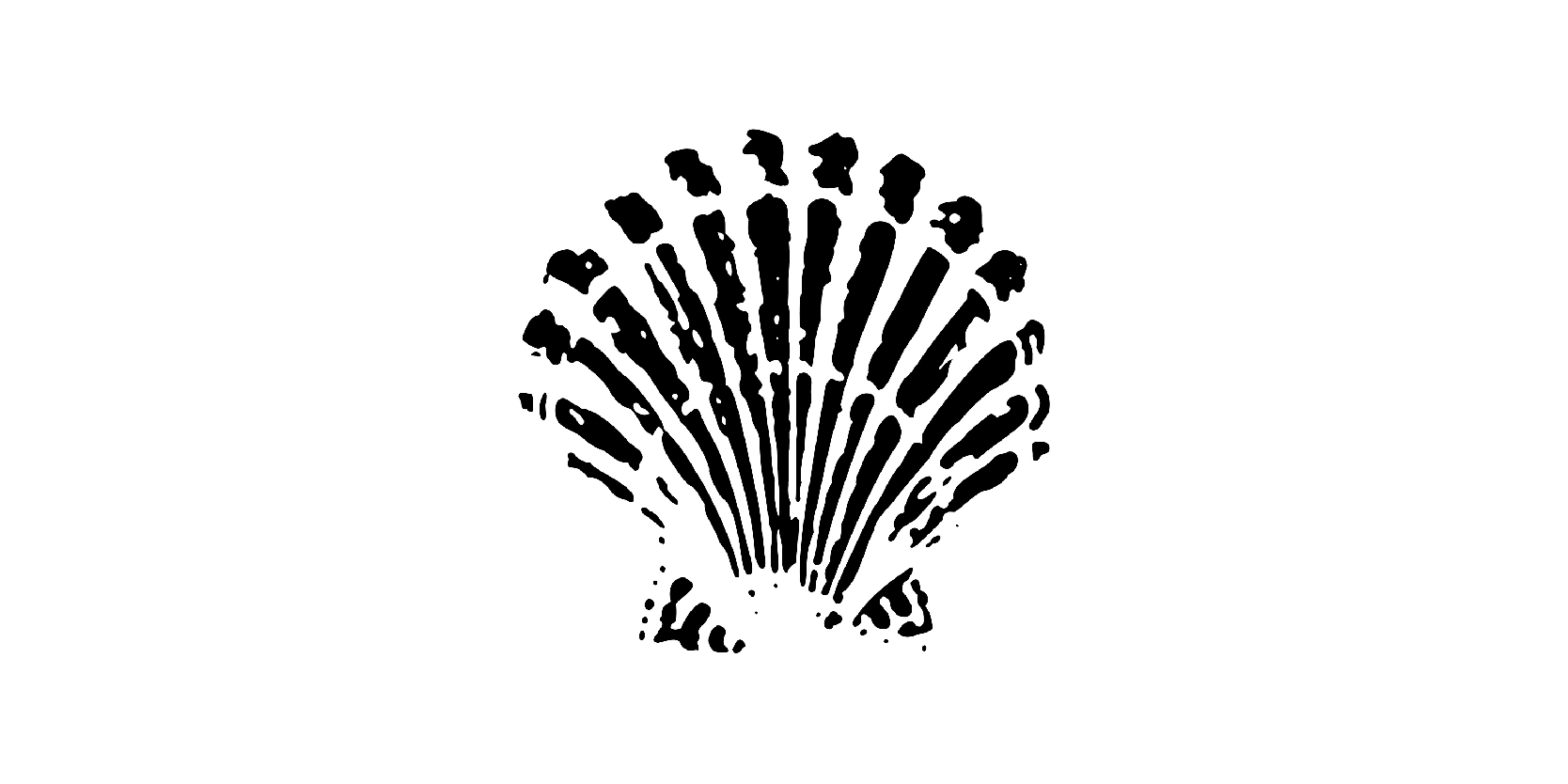
This version of the Shell logo, introduced between 1904 and 1909, marked a major step forward in the company’s visual identity. Unlike the earlier, simpler mussel design, this emblem featured a scallop shell with detailed, radiating lines, creating a more refined and recognizable shape.
The choice of a scallop shell was deliberate, as it symbolized heritage, strength, and natural beauty. Rendered in black and white, the logo maintained a formal and classic look, fitting for the early 20th century which was considered a logo trend back then.
This redesign established the foundation of the iconic Shell emblem that would continue to evolve throughout the decades. Though still monochromatic, its bold and symmetrical form helped the company stand out, ensuring that the logo became a lasting symbol of identity and recognition.
1909-1930
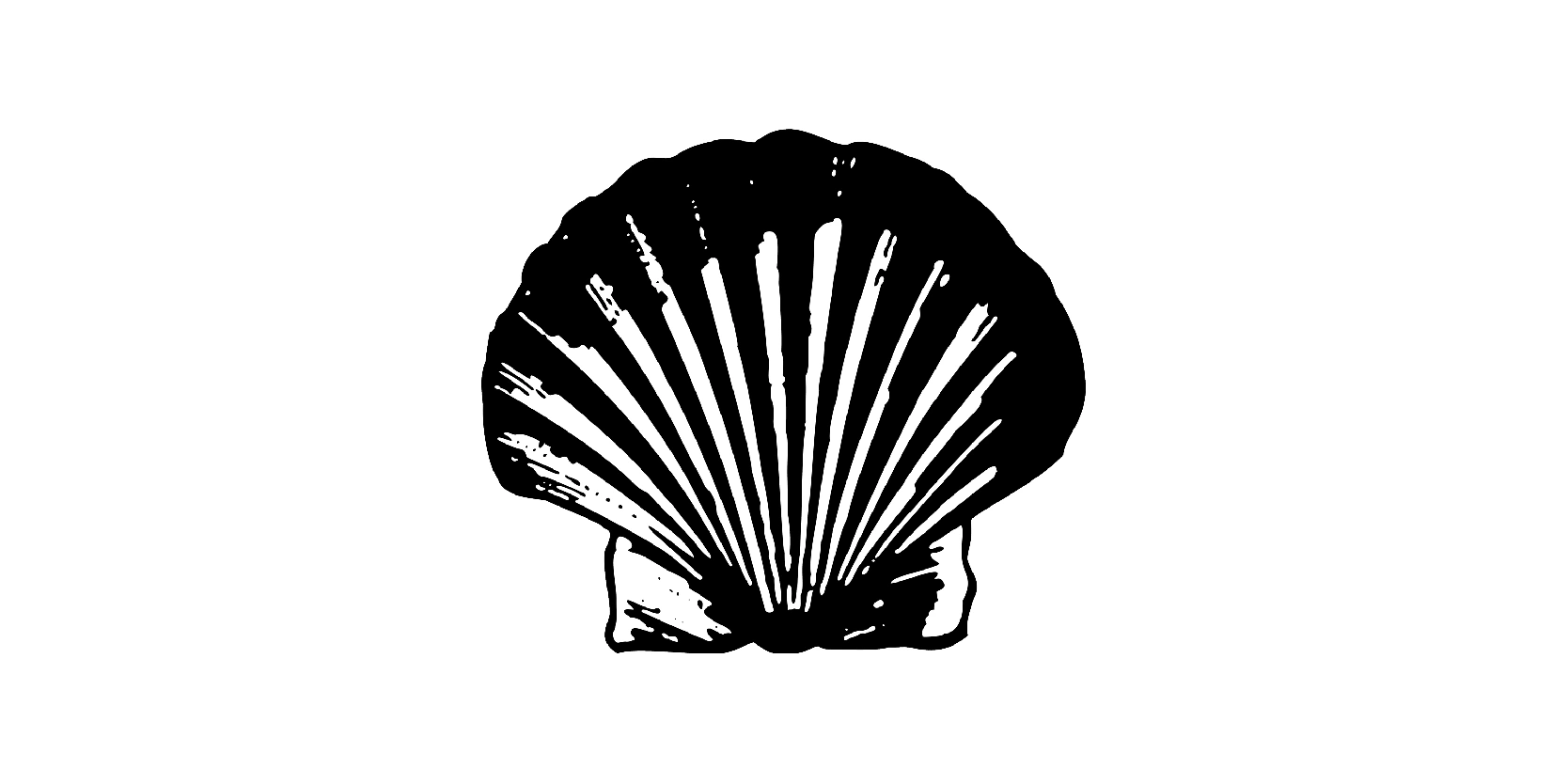
This version of the Shell logo, used between 1909 and 1930, introduced a bolder and more polished interpretation of the scallop shell. Compared to earlier versions, the lines are thicker, cleaner, and more balanced, giving the emblem a stronger presence and improved legibility.
The symmetrical design emphasized stability and reliability, traits that the company wanted to communicate during a period of rapid growth and industrial expansion. Still presented in black and white, this iteration focused on simplicity and clarity, ensuring it could be easily reproduced across different mediums such as signage, packaging, and advertisements.
This redesign helped the Shell brand establish a more consistent and recognizable identity, laying the groundwork for the modern, colorful emblem that would emerge later in the 20th century. It represents a key transition toward the sleek and iconic logo Shell is known for today.
1930-1948

The Shell logo design in 1930-1948 was a design that played an important role in shaping the company’s visual identity. Unlike earlier, simpler versions, this logo introduced a more detailed and naturalistic rendering of a scallop shell. The carefully drawn ridges and bold black outlines gave it depth and texture, making it stand out in print materials and signage at a time when color branding was not yet widespread.
Its monochrome style ensured versatility and consistency across different media, which was crucial for Shell’s expanding global presence. This design balanced elegance and practicality, symbolizing reliability and strength while also retaining a sense of heritage. It marked a clear step forward in professionalism and recognition, laying the groundwork for the evolution of the colorful and iconic Shell logo that would emerge in the decades that followed.
1948-1955
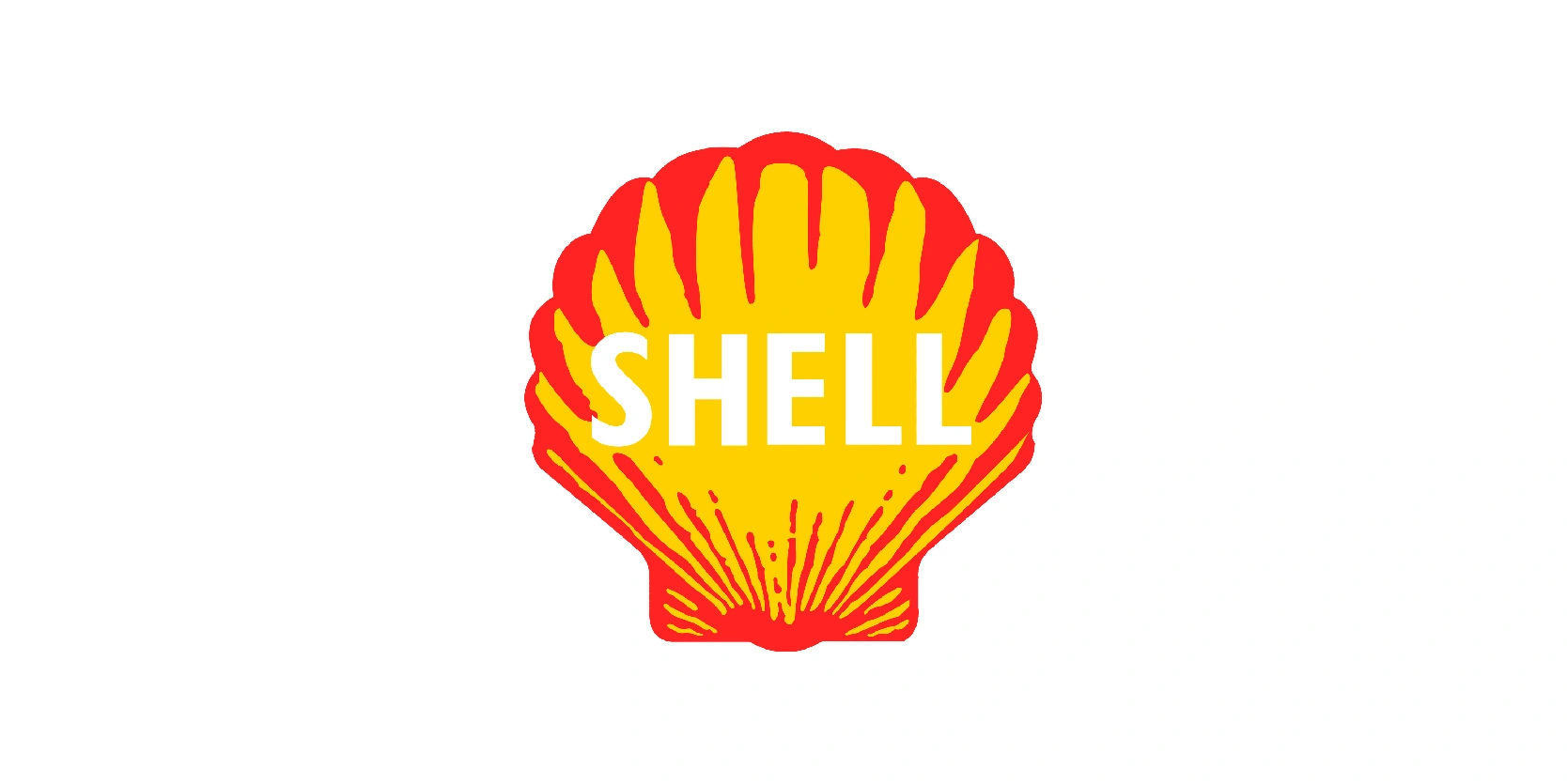
This logo version of shell, after World War II marked a significant shift in the brand’s identity. This version moved away from the monochrome designs of earlier years and embraced bold colors, specifically red and yellow, which would go on to define Shell’s identity for decades.
The scallop shell is stylized with simplified lines and a more modern look, making it instantly recognizable even from a distance. The addition of the word “SHELL” in clear, bold white letters across the center reinforced brand recognition and ensured there was no confusion about the company behind the emblem.
This logo reflected post-war modernization, aligning with Shell’s global expansion and growing consumer market. Its vibrant and dynamic appearance symbolized energy, progress, and accessibility, setting the stage for the evolution of the Shell brand into the iconic logo we know today.
1955-1971
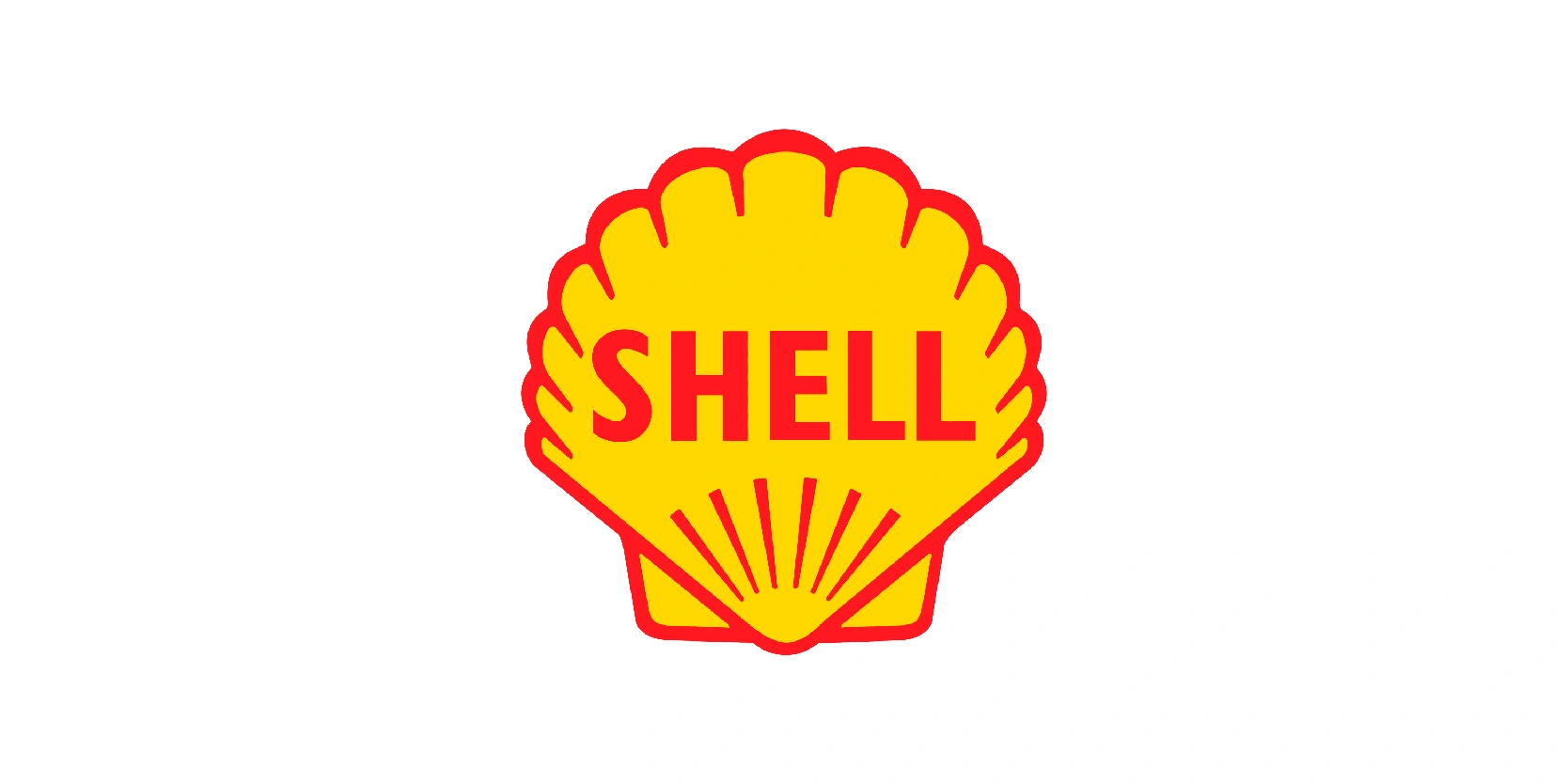
This is the Shell logo used from 1955 to 1971, a period when the company refined its visual identity to achieve a cleaner and more modern look. Compared to its predecessor, this version simplified the scallop shell design by reducing the number of lines and details, creating a bolder and more streamlined appearance. The bright yellow shell with a strong red outline became the defining color combination that has remained central to Shell’s branding ever since.
The word “SHELL” appears prominently in red block letters across the center, making it easily visible. This minimalistic yet impactful design was practical for both print and signage, making it highly visible from afar. It also reflected the mid-20th-century trend toward simplicity in corporate logos, solidifying Shell’s identity as a forward-looking, reliable, and globally recognized energy company.
1961-1971
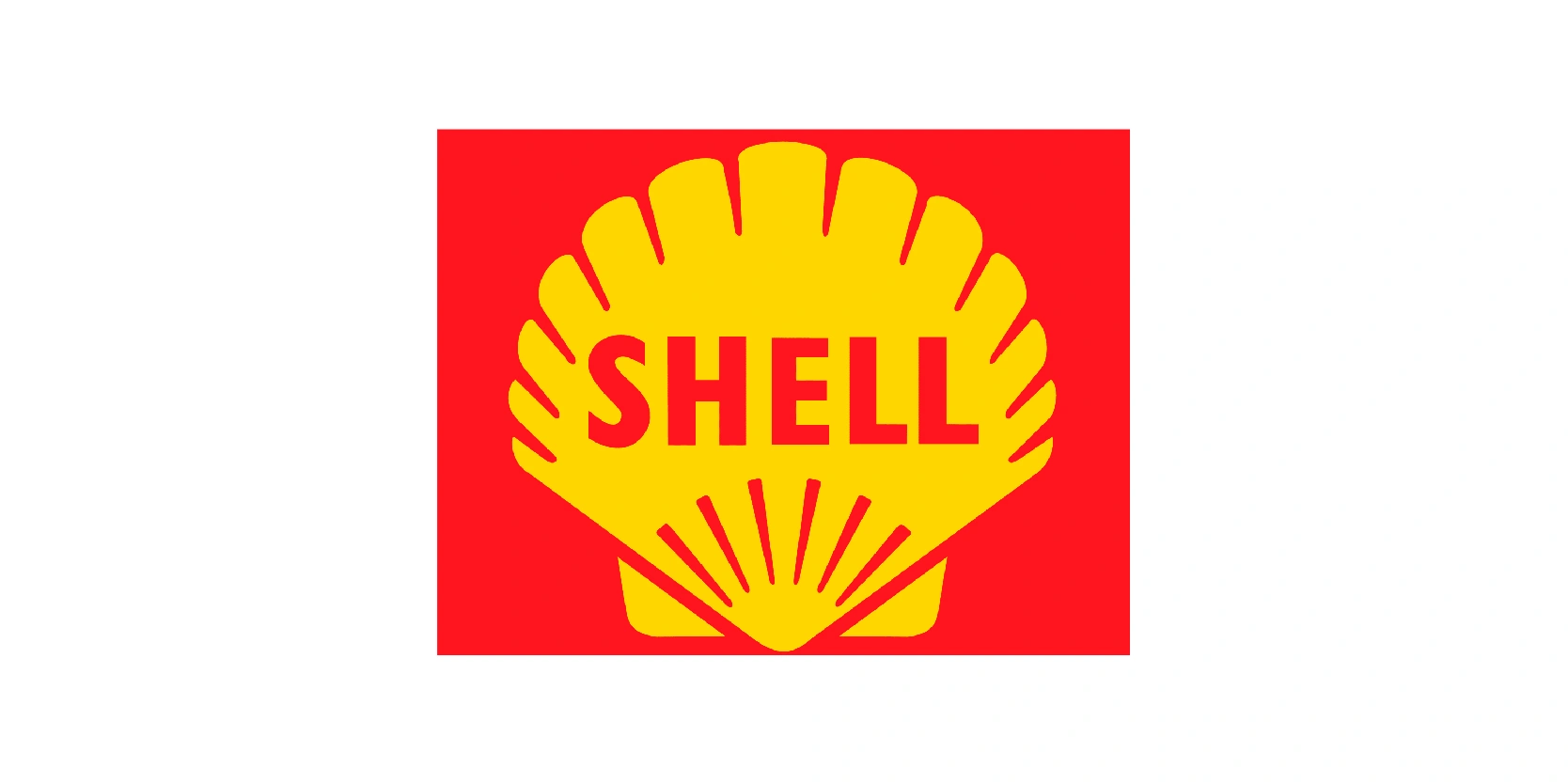
The Shell logo used between 1961 and 1971 was a refined evolution of the 1955 version, keeping its recognizable red and yellow color scheme while making the overall design even simpler and more effective. The scallop shell was drawn with fewer lines, giving it a clean, bold appearance that stood out on service stations, advertising, and company materials.
The red outline contrasted sharply with the bright yellow background, reinforcing visibility and brand recognition. The word “SHELL” remained at the center in strong red block letters, emphasizing clarity and consistency. This era reflected a broader design movement in the 1960s, where brands adopted minimalism to enhance recognition across different markets and media formats. The 1961–1971 Shell logo succeeded in balancing heritage with modernity, creating a timeless look that helped solidify Shell’s presence as a trusted and forward-thinking global brand.
1971-1995
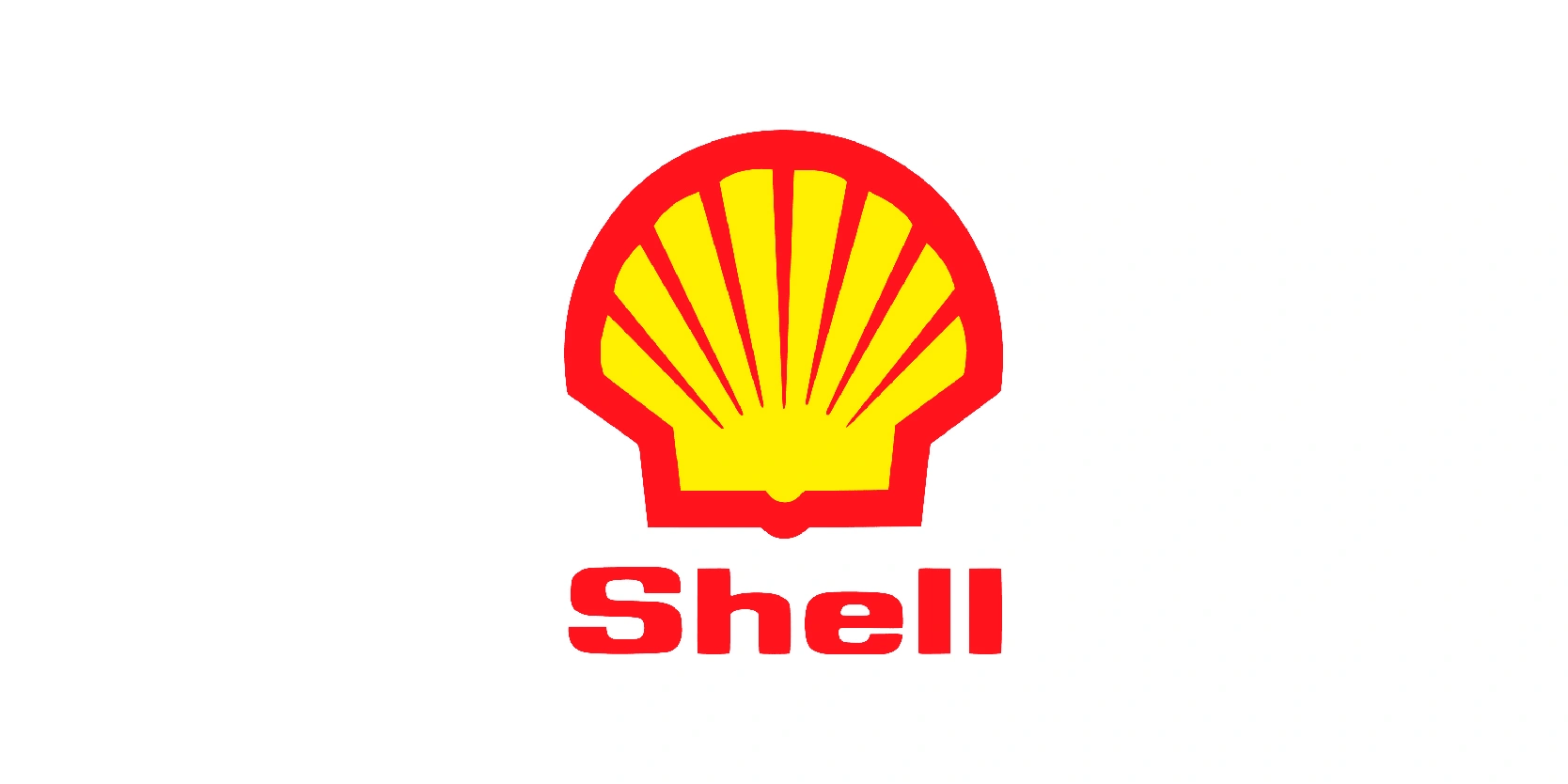
The Shell logo used from 1971 to 1995 marked one of the most iconic shifts in the company’s branding history. Designed by Raymond Loewy, a world-renowned industrial designer, this version removed the word “SHELL” from the center, allowing the scallop shell symbol to stand on its own.
The simplified, geometric lines gave the emblem a clean and modern look, while the bold red outline against the bright yellow background ensured maximum visibility and memorability. By dropping text, Shell emphasized the power of visual identity, signaling that the logo itself was strong enough to represent the brand worldwide. This minimalistic approach reflected the growing global recognition of Shell and aligned with modernist design trends of the 1970s. The 1971–1995 logo became an enduring symbol of energy, progress, and innovation, laying the foundation for the Shell brand’s instantly recognizable image today.
1995-1999
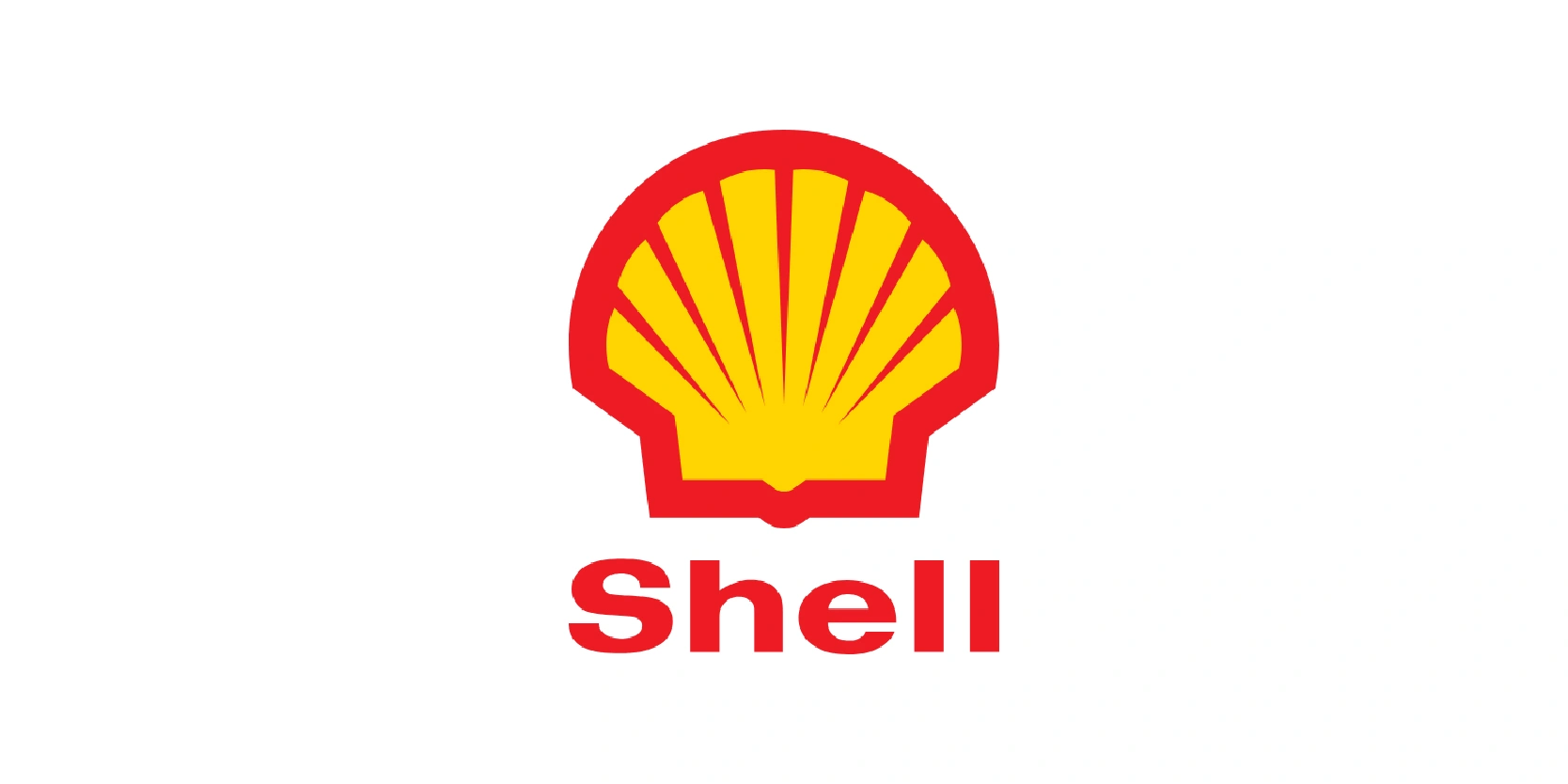
The Shell logo used between 1995 and 1999 kept the bold and recognizable design introduced in 1971 but added a small yet important detail: the reintroduction of the word “SHELL” beneath the iconic shell symbol. This adjustment aimed to strengthen brand clarity in global markets where the standalone shell symbol, while powerful, might not have been instantly understood by every consumer.
The lettering appeared in a simple, red sans-serif typeface that matched the red outline of the shell, maintaining visual harmony. The overall logo design stayed true to the clean, geometric look that had become Shell’s hallmark, with the familiar yellow background and striking red border. This version reflected Shell’s careful balance between modern branding confidence and the practical need for clear identification during a time of rapid international growth and competition in the energy industry.
1971-present
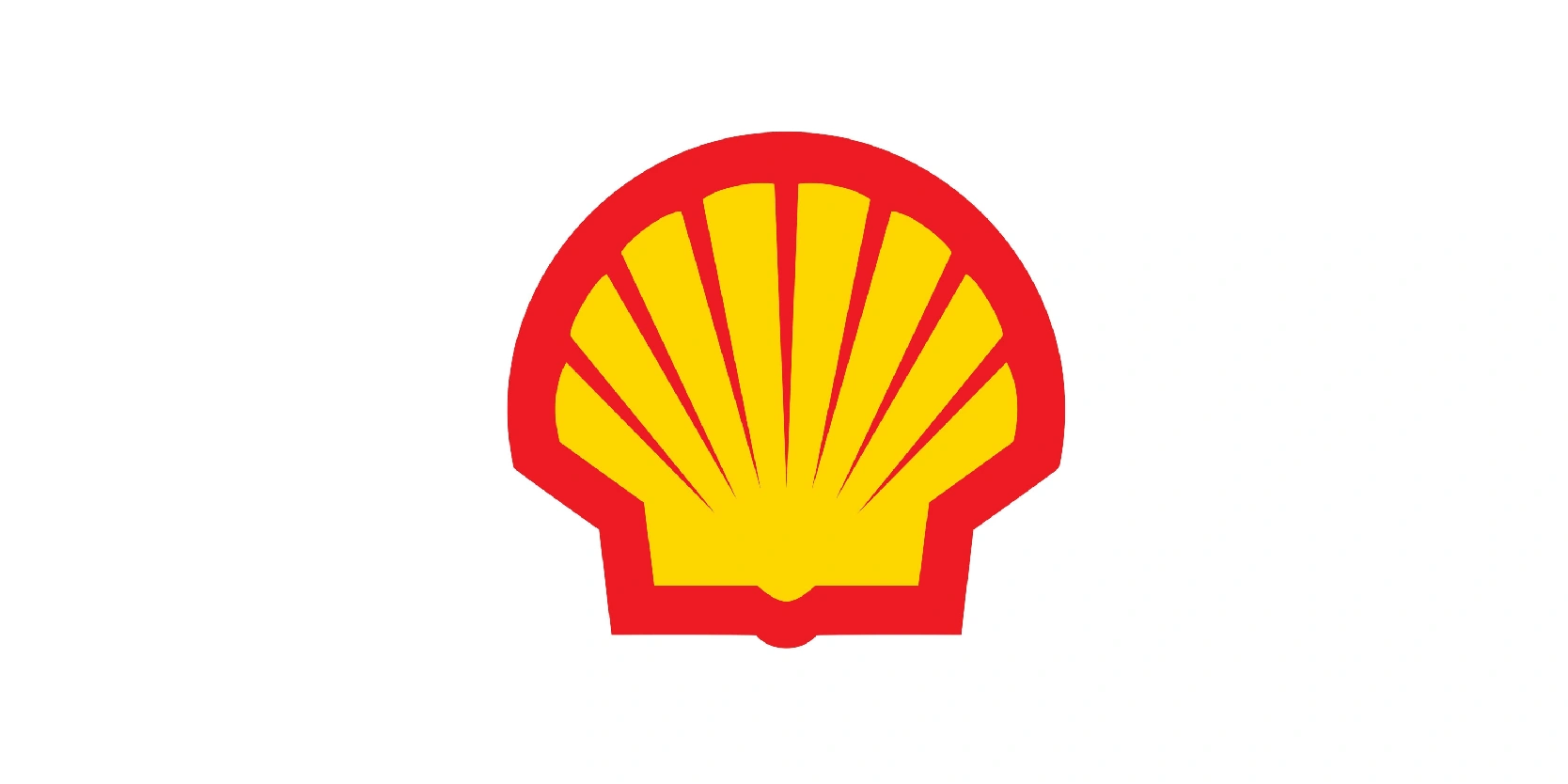
The Shell logo introduced in 1971 and still in use today is one of the most iconic corporate symbols in the world. Designed by Raymond Loewy, it represented a bold step toward simplicity and global recognition. The scallop shell design was streamlined with clean, geometric lines, and the bold red and yellow color scheme made it instantly eye-catching.
Most importantly, the word “SHELL” was removed from the logo, signaling the brand’s confidence that its symbol alone was powerful enough to be recognized worldwide. Over the decades, Shell has slightly refined the logo for digital and modern applications, but the core design has remained unchanged, proving its timeless effectiveness. The enduring 1971–present logo embodies clarity, strength, and trust, making Shell one of the few companies whose emblem alone speaks universally without the need for text.
The Shell logo is one of the best logo design examples
The Shell logo is a prime example of how thoughtful design and consistent branding can create a truly timeless symbol. From its early black-and-white sketches to the bold red and yellow emblem recognized worldwide today, each evolution reflects not only changes in design trends but also the company’s growth and global presence.
The shell shape has remained constant, honoring Shell’s heritage, while simplifications over time have strengthened its clarity and impact. Today, the logo stands as one of the most iconic and recognizable in the world, instantly evoking energy, reliability, and innovation.
Its journey proves that effective branding is about more than just aesthetics, it’s about building lasting recognition and trust that transcends language and culture. Shell’s emblem is not just a logo; it is a powerful symbol of identity and endurance.
